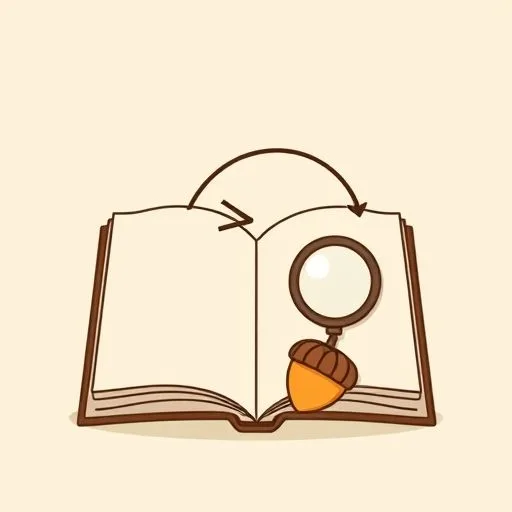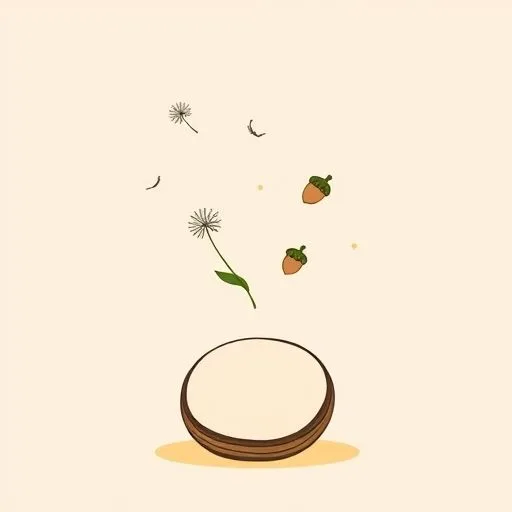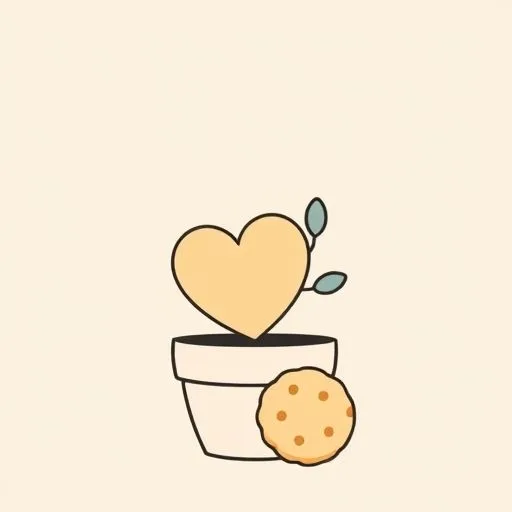
In a world where answers appear with a tap, I’ve noticed something quiet yet powerful. When our child asks “Why is the sky blue?” my partner stops. Really stops. Not because she doesn’t know, but because she’s choosing something deeper than instant answers. That little pause before answering? That’s actually where curiosity grows. And if you’ve ever hesitated before handing them a device, you know this moment isn’t about information—it’s about wonder. Let’s talk about keeping that spark alive together.
“I Don’t Know” Is the Best Starting Point

When a child asks a big question, that urge to immediately search? We’ve all felt it. But what happens when we say “Honestly, I’m not sure—let’s wonder together”? Watch their eyes change. Instead of waiting for you to tap a screen, they lean in. Their little mind starts working before the answer lands. I’ve seen this turn “why do leaves fall?” into a backyard leaf-collection mission with acorns and sticks as measuring tools. No app needed. Just two curious minds side by side.
That hesitation isn’t weakness—it’s invitation. When you share “I don’t know but I want to find out,” you’re showing them that not knowing is the starting line, not the finish. Next time they ask something big, try pausing for three breaths. You might just hear “What if we…” light up their voice. Because the real magic isn’t in the answer—it’s in the shared journey to find it.
We forget how brave it is to sit with not knowing. But kids? They remember the shoulder you leaned on while wondering, long after the facts fade.
Questions Deserve Room to Breathe

“Why” isn’t an emergency requiring instant response. That single-syllable word? It’s an open door. Instead of rushing to fill the silence, try “What do you think might be happening?” or “Where would we even start looking?” I’ve watched my partner turn “How do birds fly?” into pillow-fort engineering sessions with paper wings and fan experiments. Suddenly it’s not about facts—it’s about feeling the breeze on your face while testing ideas.
Every “why” holds multiple paths. One leads straight to a screen. Another leads to the backyard with a notebook. Guess which one builds resilience? When you let questions linger, you teach them that some discoveries need time—like watching seeds sprout or clouds reshape. Those messy middle moments? Where real learning sticks.
Remember: A quick answer satisfies curiosity for a minute. But exploring together? That plants roots. So next time “why” comes flying at you, take one extra breath. See what grows in that space.
Hands Build What Screens Can’t

When curiosity hits, put down devices and pick up pinecones. I’ll never forget watching my partner and our child building a “mud kitchen” after a rainstorm—measuring puddles with coffee mugs, testing which leaves float. No app could replicate the wonder in their voices shouting “Look what we MADE!” over a digital diagram.
Hands-on beats screen-time every time for sparking real understanding. Trying to explain gravity? Drop spoons. Wondering about bugs? Grab jars (with air holes!). That tactile magic—dirt under nails, paper cuts from origami—wakes up parts of their brain no touchscreen can reach. And when they bring you their lopsided clay volcano? Celebrate the wobble. Because imperfection means they tried, they touched, they did.
Try this tonight: When your child asks something, offer materials instead of searches. “Want to build a model? We have cardboard.” Watch how fast the question transforms into action. Those hands covered in glue? That’s curiosity becoming courage.
The Human Heart AI Can’t Replicate

AI delivers facts in milliseconds. But it can’t teach kindness when someone’s sad, or patience when experiments fail, or joy when sharing discoveries. When our child asked “How do I help my friend feel better?”, we didn’t search—we acted. Role-playing scenarios with stuffed animals, baking cookies to share. Those moments weren’t about answers—they were about connection.
Technology shines brightest as a tool when paired with human warmth. Imagine finding moon photos online after building pillow forts to watch a real eclipse together. Or using apps to identify birds after sketching them in notebooks. The screen supports the story—it doesn’t write it. And that distinction? That’s where we parents stay irreplaceable.
Your quiet strength isn’t in knowing everything—it’s in knowing when to step back and let curiosity breathe.
When they rush to show you a drawing or beg “Ask me why I did this!”—that’s the sound of wonder thriving. Honor it by looking at them, not the screen. That’s how we build a future where technology serves humanity, not the other way around.
Source: OpenAI’s deal with Microsoft could pave the way for a potential IPO, Fortune, 2025/09/12 15:53:29
